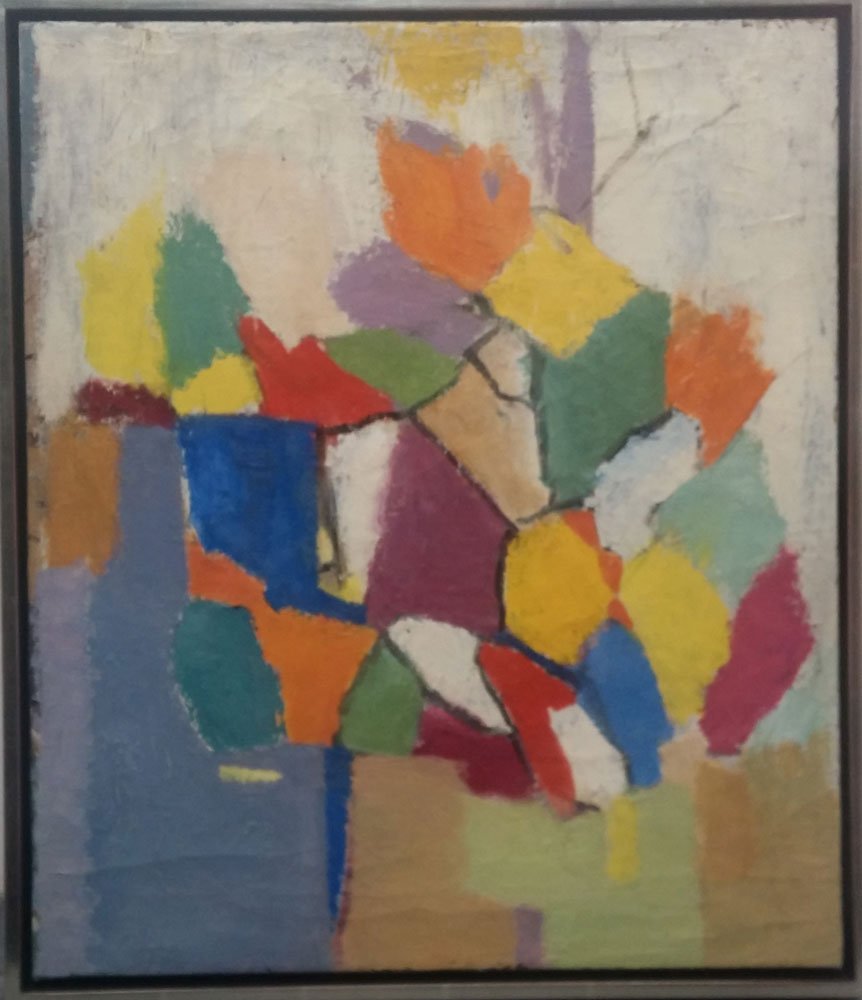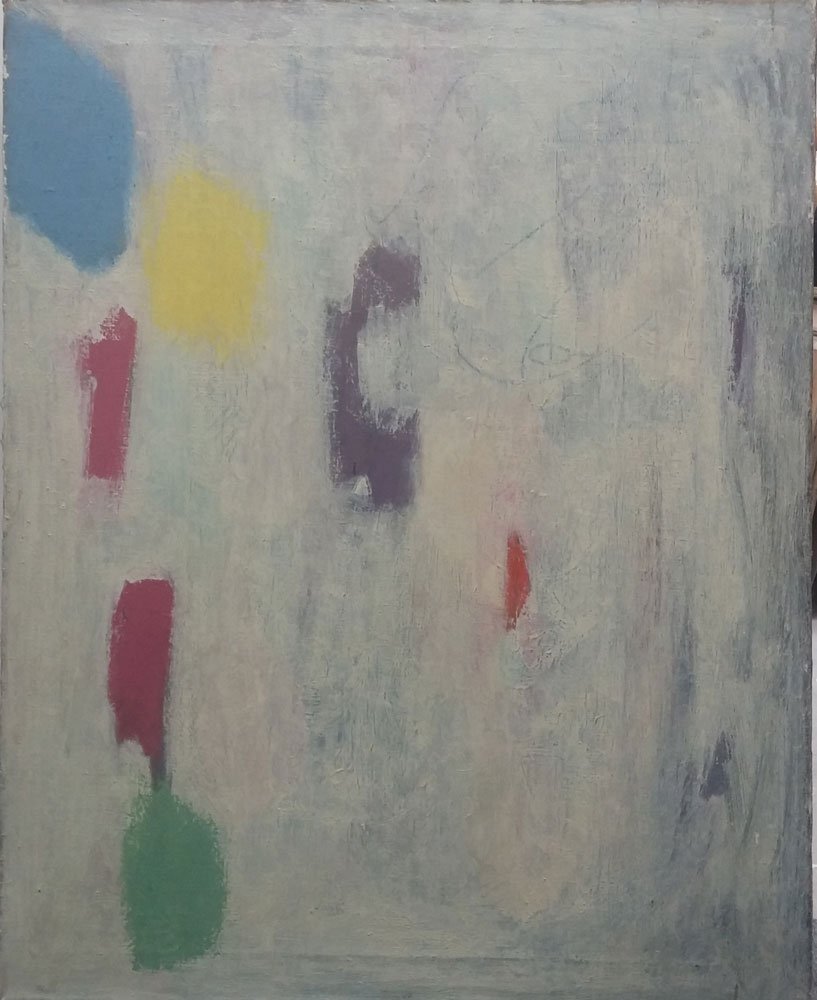Image Source: WIKIMEDIA COMMONSJAN MATULKA
1890-1972
Born in Prague, Czechoslovakia, Jan Matulka became a leading modernist working with Stuart Davis to find a new type of Cubism based on distortion of forms.
The totality of his work ranged from traditional to abstract, reflecting the changes in the art world of 20th century America.
JAN MATULKA BIOGRAPHY
-
In 1907, Jan Matulka came to the Bronx, New York where he had a poverty-ridden childhood with a mother who tried to raise a family by herself. From 1908 to 1917, he studied at the National Academy of Design, and in 1917, received the first Pulitzer Traveling Scholarship with which he traveled and painted in the Southwest and Florida. His work from this period showed a turning towards a more abstract style, replacing his earlier realism.
In 1919, he first went to Paris and then returned in 1927 on a scholarship from the National Academy. In Paris, he was exposed to Cubism, and his painting after that seemed always to carry that influence. He had his first one-man exhibit in New York City in 1925, and by 1930, he and Davis were experimenting with their version of Cubism.
Concurrently for New Masses, a communist magazine, he did satiric illustrations expressing his sympathy for the working classes, and from 1929 to 1931, he taught at the Art Students League where he inspired emerging modernists such as David Smith, Dorothy Dehner, and I Rice Pereira. In the late 1930s, he became a WPA mural artist.
He continued to paint until he died in New York City in 1972.
Source: Michael David Zellman, 300 Years of American Art







c. 1950
Oil on canvas
24 3/4 x 29 3/4 inches
Estate stamp verso
INQUIRE